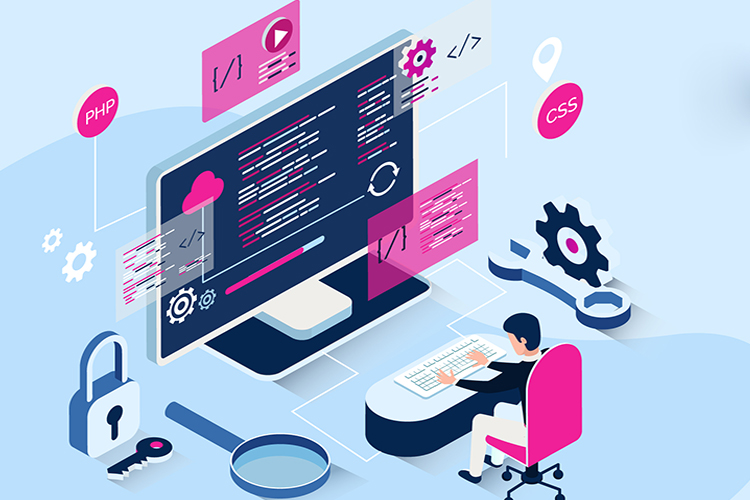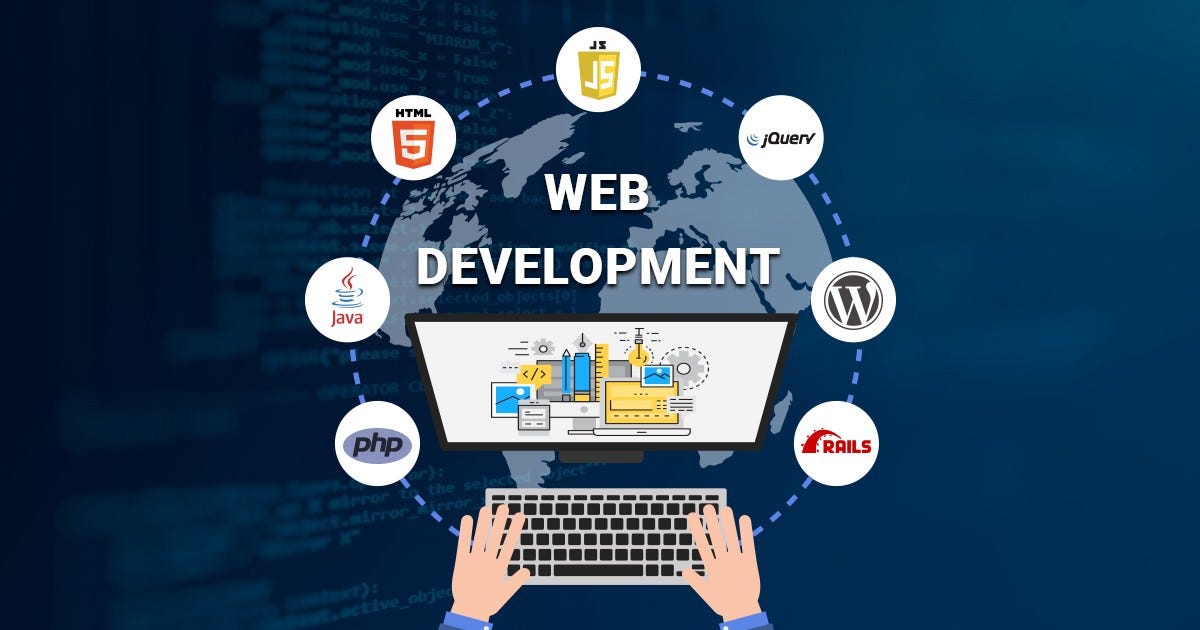
The basis of a successful website lies in meticulous planning and strategizing. Before you begin the coding and design phases, it's essential to outline the goals, users, and the key elements of the site. Researching and conducting competitor analysis can provide valuable insight into trends in the industry and consumer expectations. This initial phase sets guidelines for the complete project's development, making sure that every subsequent decision aligns with the overall goals for the overall project.
User experience (UX) is an essential element of web development that directly affects visitor satisfaction and their engagement. UX design involves creating useful interfaces, and optimizing usability to make sure that users are able to quickly achieve their objectives. This includes all aspects of responsive design, from responsive layout for smartphones, as well as intuitive menus for navigation and clearly labelled demands for action. By prioritizing user experience web developers can increase interaction, lower bounce rates and eventually increase conversions.
In the current digital age websites need to be more than just static pages; they need to be dynamic and adaptable to changing needs and trends. CMS for Content Management (CMS) such as WordPress, Drupal, and Joomla empower website owners to manage and update their content easily, without the need for technical knowledge. The platforms provide a wide range of plug-ins and templates that can be customized to allow for greater the flexibility to scale and adapt as companies develop and grow. Also, including functions like ecommerce along with multimedia content as well as social media integrations can increase the functionality of a website as well as users' engagement. To find added information please visit

Beyond the technical aspects the development of websites also includes design and development of an appealing, user-friendly and visually pleasing interface. User interaction (UX) design is focused on understanding the requirements and behavior of users on websites while creating a simple and pleasant browsing experience. This includes wireframing, prototyping and testing usability to improve the design, layout, navigation as well as the interactive aspects of the website. The user interface that is well designed not only enhances engagement but also contributes to brand identity and trustworthiness.
The conclusion of the web site design process can be seen in the launch of the site and its implementation into the online world. This includes configuring hosting servers, transferring website files, as well as ensuring the correct mapping of domains to make the site accessible to users worldwide. At the touch of an option, the website launches, fully ready to interact with users and serve its purpose. However, the journey doesn't just end there. Continuous maintenance and upgrades are vital for keeping the site relevant as well as secure in the changing digital landscape.